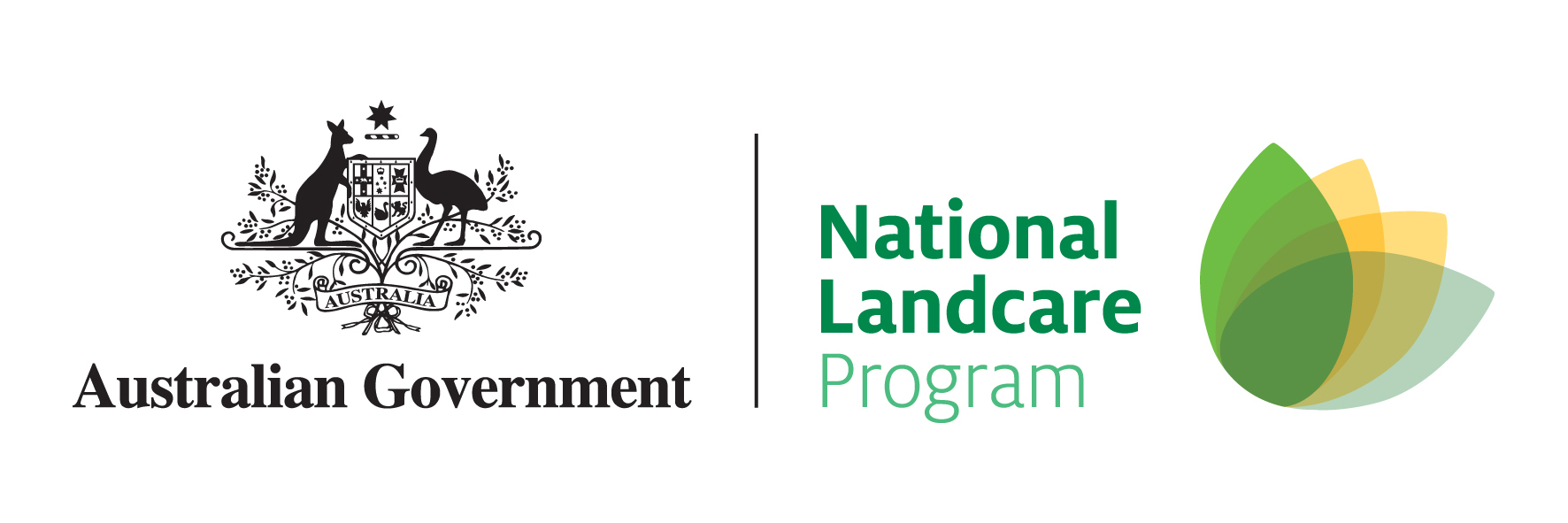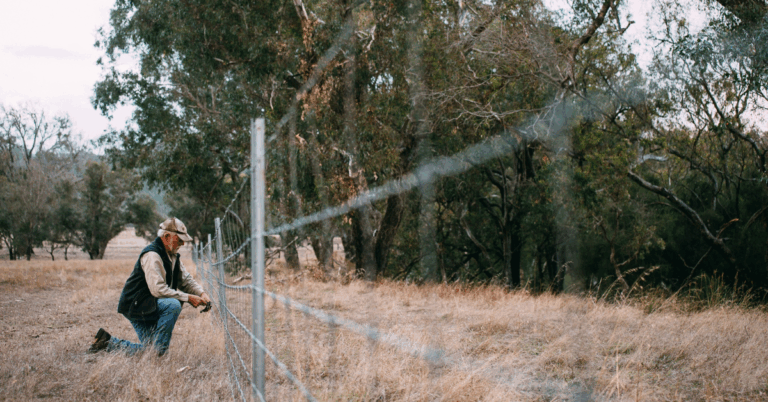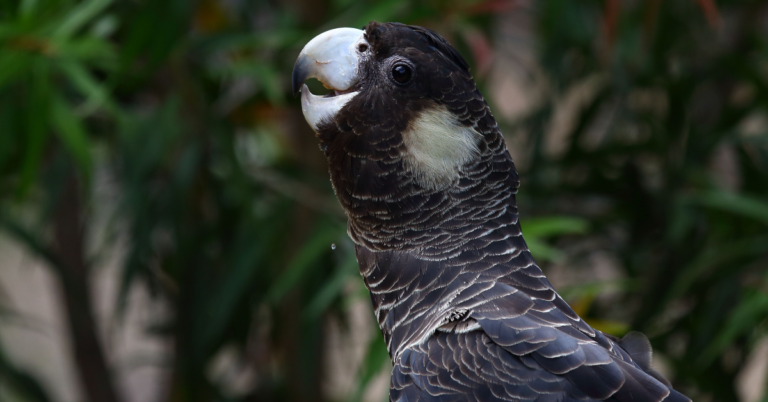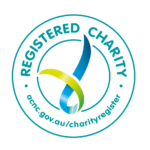Key outcomes
- Working closely with the agricultural industry to drive sustainable practices and technologies that build ecosystem health and productivity.
The South West boasts a range of agricultural industries, from the famous vineyards of the Margaret River Region and apple orchards of Donnybrook, to the marron farms in the southern forests and wheat/sheep farms in the Wheatbelt.
South West NRM demonstrates that production and healthy ecosystems go hand in hand. Together with our partners, we drive innovation in the farming sector through education, extension, in-field trials and demonstration of the potential of sustainable practices and technologies.
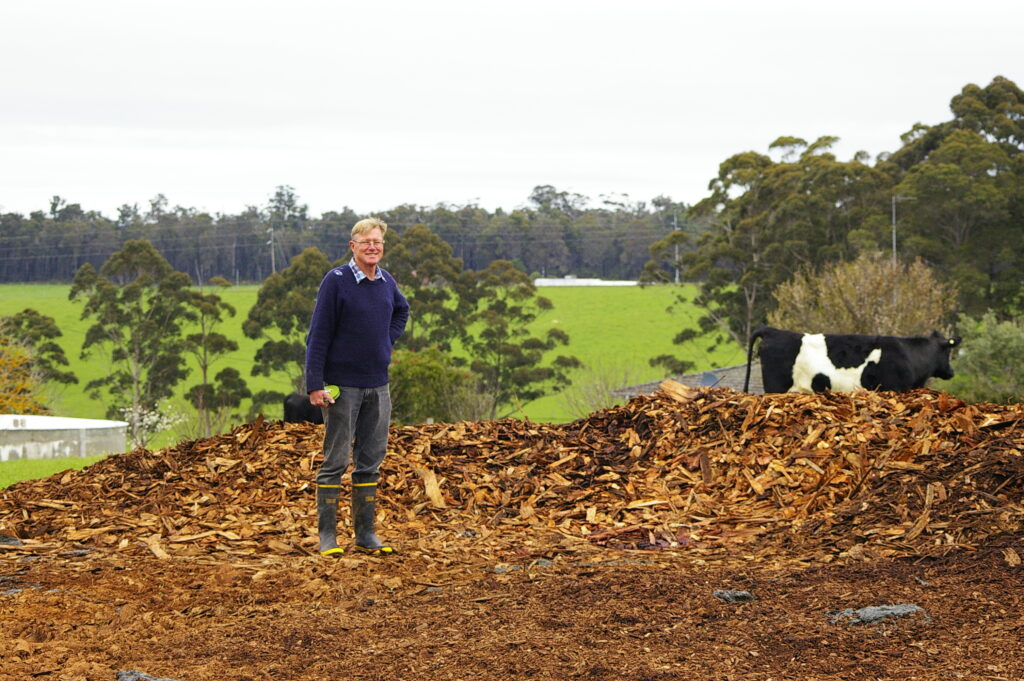

What is sustainable agriculture?
Sustainable agriculture is all about meeting our current needs, without negatively affecting the ability of future generations to meet their needs. It includes:
- Building the productivity and profitability of farm operations in ways that benefit the environment and the community
- Minimising the impact of farming operations on the environment – reducing carbon intensity of the supply chain, reducing chemical use, sequestering carbon, managing water on-farm and building biodiversity
- Maintaining and improving the health of our soil and water resources to support farming into the future
- Building resilience to climate change – ensuring that our farming systems can cope with increased temperatures, reduced rainfall and more intense storms
- Finding innovative ways to measure farm natural capital so that it can be valued and protected
- Ensuring market access in a sector that is increasingly demanding proof of sustainability credentials.
Our Regional Agriculture Landcare Facilitator
Much of South West NRM’s work in sustainable agriculture is driven by our Regional Agriculture Landcare Facilitator, or ‘RALF’ – one of 65 positions across the country funded by the Australian Government to build the future of sustainable agriculture.
RALFs support farmers, industry and community groups to adopt new and innovative practices and are the key contact for landholders wishing to become more sustainable.
South West NRM’s RALF provides clear and credible information where it is needed, to enable better decisions and facilitate partnerships to solve problems. Information about new practices, outcomes from the latest agricultural trials, case studies, events, field days, video testimonials, resource information and project updates are delivered through the Sustainable Agriculture Twitter account and Sustsinable Ag e-newsletter.
The RALF also provides technical advice and support to farmers through extension activities such as the Grazing Matcher program. If you have questions or would like further information, get in touch!

